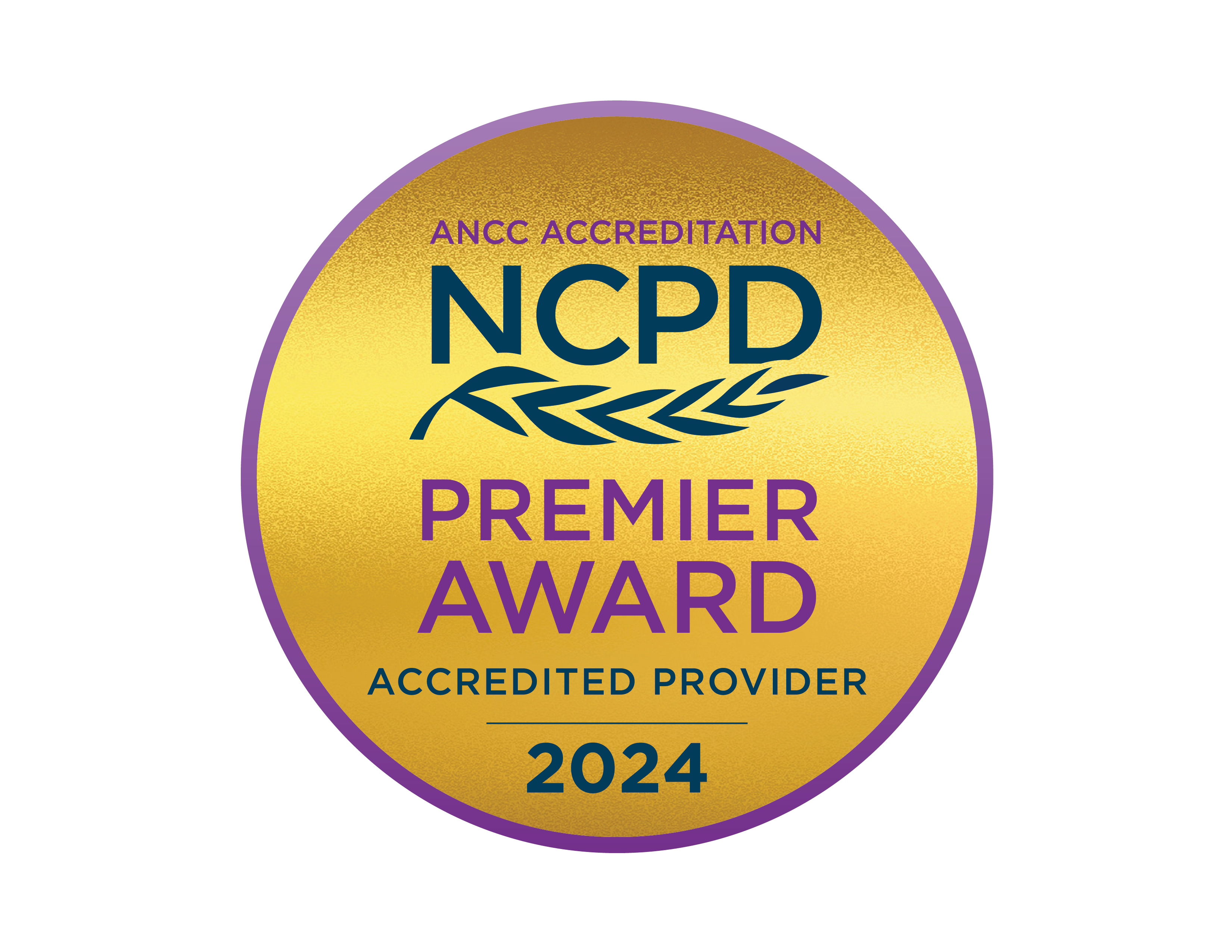Skin Failure: A historical perspective. Understanding the past can help pave a path to the future
Understanding skin failure is important for nurses to improve patient outcomes. Similar to other organs, skin is vulnerable to etiologies linked with age- related declines which has prompted many experts to debate on the nuances of skin failure. Nurses can utilize the historical background of skin failure to help gain further clarity on continually evolving guidelines, data, and criteria to direct practice.
Course Details
Overview
Skin, like any organ, is subject to age-related declines, vulnerabilities, and the possibility of failure. As nurses are all too aware, this phenomenon can make bodies more subject to frailty, illness, weakness, and morbidity. The past and present interest in skin failure has focused on the clinical, ethical, and regulatory aspects. This is leading many experts to continue to debate the nuances of this etiology, which holds legal and policy ramifications. Understanding the historical perspectives of skin failure, and its continuing evolution, will help nurses like you to increase understanding for improved symptom management and best patient care.
Key Learning Outcomes
- Explain skin failure and skin changes at the end of life.
- Describe skin failure definitions over time.
- Discuss recent technological advances in skin assessment.
Presented by:
Heidi H. Cross, MSN, RN, FNP-BC, CWON, CSWS
Heidi H. Cross is a wound and ostomy nurse practitioner at HHC Wound Care Consulting in Syracuse, New York, CNY Surgical Physicians in Syracuse, and the University of Rochester Strong Memorial Hospital in Rochester, New York.

